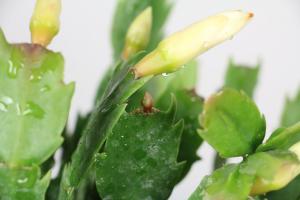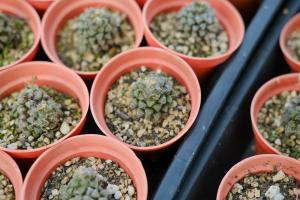How Can You Extract Plant Pigments with Water
Plants are highly prized for their colorful pigments, which give them their unique and attractive appearance. These pigments are crucial for photosynthesis, a process that allows plants to convert sunlight into energy. Plant pigments are also used commercially for their vibrant colors, and many artists and crafters take advantage of their vivid hues. Extracting plant pigments with water is a simple and easy process that can be done at home. In this article, we will explore the steps you need to take to extract plant pigments with water.
Step 1: Choose Your Plant Material
The first step of the process is to select your plant material. You can use any plant that produces a vibrant color, such as flowers, leaves, or berries. However, keep in mind that different plants will produce different pigments, so choose the one that best suits your needs. It's also essential to make sure that your plant material is fresh and not dried out.
Step 2: Prepare Your Plant Material
Before starting the extraction process, you need to prepare your plant material. Begin by washing your plant material thoroughly to remove any dirt or debris. Then, chop your plant material into small pieces or blend it in a blender to break down the cell walls and release the pigments. This will make it easier for the pigments to dissolve in water.
Step 3: Boil Your Plant Material with Water
Once you have prepared your plant material, it's time to start the extraction process. Add your chopped or blended plant material to a pot of water and bring it to a boil. Reduce the heat and let the mixture simmer for 30 minutes to an hour to allow the pigments to seep out. The longer you simmer, the more pigments will be extracted.
Step 4: Strain Your Mixture
After simmering, remove the pot from the heat and let it cool down for several minutes. Then, strain the mixture through a cheesecloth or fine mesh strainer to remove any plant material. You should be left with a mixture that contains plant pigments and water.
Step 5: Store Your Pigment Extract
You can store your pigment extract in a jar or other container for future use. Keep it in a cool, dark place to preserve the color and prevent spoilage. If you don't plan to use the extract right away, you can also freeze it to extend its shelf life.
Conclusion
Extracting plant pigments with water is a simple and easy process that can be done at home. By following the steps outlined above, you can easily obtain plant pigments that can be used for a variety of purposes. Whether you're an artist or a scientist, experimenting with plant pigments can yield exciting and stunning results, so why not give it a try today?

 how many times do yo...
how many times do yo... how many planted tre...
how many planted tre... how many pine trees ...
how many pine trees ... how many pecan trees...
how many pecan trees... how many plants comp...
how many plants comp... how many plants can ...
how many plants can ... how many plants and ...
how many plants and ... how many pepper plan...
how many pepper plan...






























